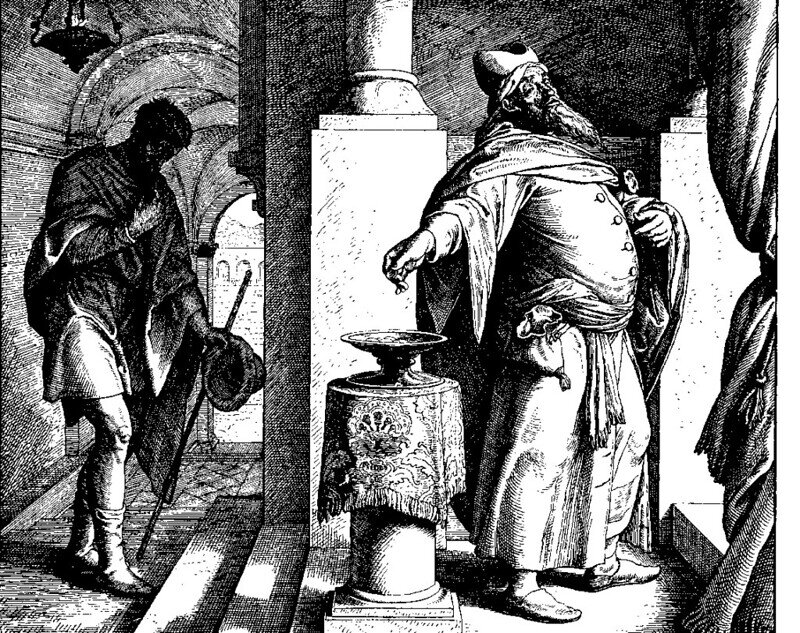In Jesus’ transfiguration we are given a glimpse of the salvation that he is bringing to us through his death and resurrection. Because of this glimpse our eyes are to be drawn to Jesus only, to look upon he who has been pierced for us and to find the whole of our salvation through him. Listen now to hear more from Father Jeremiah
Image: Photo by Lawrence OP, Transfiguration of the Lord, Mosaic by Marko Rupnik SJ in the relic chapel of the National Shrine of Pope St John Paul II, Washington DC. Used under license CC BY-NC-ND 2.0. No changes made.




















